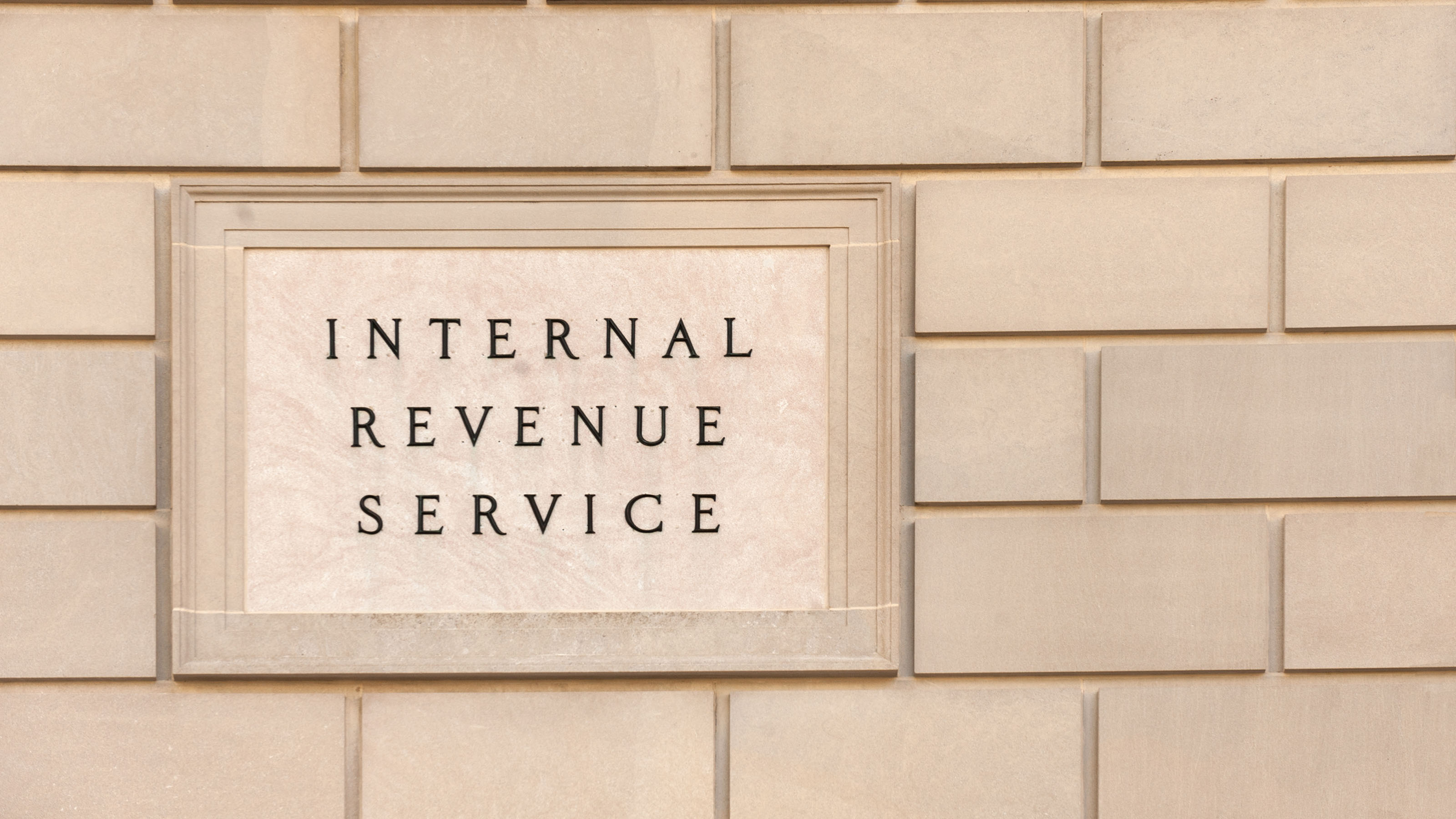Five Strategies for Maximizing Your Business' Profitability
Setting your business up for long-term success, rather than just short-term profits, requires focusing on customers, operations, marketing and more.


As a business owner, maximizing profitability is a top priority. However, achieving sustainable growth requires more than just increasing revenue. It involves implementing strategies that not only boost short-term profits but also lay the foundation for long-term success. Let's explore some key strategies that you can implement to maximize your business's profitability while ensuring sustainable growth.
1. Focus on customer retention.
One of the most effective ways to maximize profitability is by focusing on customer retention. It costs significantly less to retain existing customers than to acquire new ones, making it a cost-effective strategy for sustainable growth. In fact, HubSpot reports that a mere 5% increase in customer retention can increase revenue by up to 95%!
The beauty of this strategy is that it doesn't really take a large investment or a whole lot of added effort. You can improve your business's customer retention by simply providing excellent customer service, building strong relationships and offering loyalty programs. Something as simple as a heartfelt email (not the prefab, "Mad Libs" style of templates) on their birthday, anniversary or similar milestone can go a long way in letting your clients know you truly value them.
From just $107.88 $24.99 for Kiplinger Personal Finance
Become a smarter, better informed investor. Subscribe from just $107.88 $24.99, plus get up to 4 Special Issues

Sign up for Kiplinger’s Free Newsletters
Profit and prosper with the best of expert advice on investing, taxes, retirement, personal finance and more - straight to your e-mail.
Profit and prosper with the best of expert advice - straight to your e-mail.
2. Streamline your operations.
Streamlining your operations can help reduce costs and improve efficiency. Because greater efficiency has a direct correlation to your company's throughput, it can really benefit your bottom line. Evaluate your current processes and look for areas where you can eliminate waste, automate repetitive tasks and optimize resource allocation.
Perhaps one of the greatest benefits of optimizing your organization's operational efficiency is that it opens the door to scalability. When your business is scalable and repeatable, it is valuable. Moreover, scalable businesses with best-in-class operational systems and processes are highly attractive to prospective buyers.
Take some time to review your processes. Look for bottlenecks and brainstorm solutions to maximize efficiency. Look to your team for feedback. They are in the trenches every day and will often be able to provide valuable insight into how you could improve the operations in your company.
3. Invest in marketing and innovation.
Investing in marketing and innovation is essential for staying competitive and driving growth. A well-executed marketing strategy can help you reach new customers and increase sales, while innovation allows you to develop new products or services that meet evolving market demands. Allocate a portion of your budget to marketing and innovation to ensure that your business remains relevant and continues to grow.
However, you must be careful not to cut your marketing spend too hastily. I encounter business owners all the time who tell me they don't market regularly or that "it doesn't work." Marketing and innovation operate, more often than not, on a J-curve. You'll make an initial investment and will dip into the red for a period. But if you're consistent (and you're utilizing the proper marketing channels for your business), you should see a return over time.
4. Monitor key performance indicators (KPIs).
So, how can you know if your business is on the right track to achieve the type of growth you desire? The short answer? Key performance indicators (KPIs). Management consultant and author Peter Drucker once said, "What gets measured gets managed."
In other words, if you're measuring the progress of your business, you're actively working to improve the business. Therefore, you must identify and track the key metrics in your business that can give you direct insight into its health.
These metrics provide valuable insights into your business' financial health, operational efficiency and customer satisfaction. By regularly tracking KPIs such as gross margin, customer acquisition cost and customer lifetime value, you can identify areas for improvement and make informed decisions to drive profitability.
5. Diversify your revenue streams.
Finally, you must have a diverse field of revenue. Relying on a single source of revenue can make your business vulnerable to market fluctuations and economic downturns. Diversifying your revenue streams can help mitigate risk and create new opportunities for growth. But how can you diversify your revenue?
Consider expanding into new markets, offering complimentary products or services or exploring alternative sales channels to diversify your revenue sources and maximize profitability. For example, a family dental practice might partner with an endodontist to provide root canals without having to refer that procedure out of their own practice.
There are many ways you could expand your market, products or services to generate multiple and diversified revenue streams. Just think outside the box!
Conclusion
Look, maximizing your business' profitability requires a strategic approach that balances short-term gains with long-term sustainability. By following these five strategies, you can position your business for sustainable growth and long-term success. Implement these strategies thoughtfully and consistently, and you could be on your way to achieving your profitability goals while building a resilient and thriving business.
Related Content
- Are You Ready for the Corporate Transparency Act?
- How to Make Hiring Critical Thinkers Easier
- Selling Your Business? Personal Goodwill Can Cut Your Taxes
- Kiplinger's Retail Outlook: Consumers Are Resilient
- Three Tips for When Your Small Business Needs to Raise Funds
Profit and prosper with the best of Kiplinger's advice on investing, taxes, retirement, personal finance and much more. Delivered daily. Enter your email in the box and click Sign Me Up.

Justin A. Goodbread is a CERTIFIED FINANCIAL PLANNER™ practitioner and an adviser with WealthSource® Knoxville. After years of working in a large firm, he ventured out on his own in 2009, starting Heritage Investors, and eventually joining WealthSource® Partners LLC in 2022. As a serial small-business owner, Goodbread has bought and sold multiple businesses. He uses this experience, along with his continuing education, to help business owners grow and sell what is often their largest asset.
-
 5 Types of Gifts the IRS Won’t Tax: Even If They’re Big
5 Types of Gifts the IRS Won’t Tax: Even If They’re BigGift Tax Several categories of gifts don’t count toward annual gift tax limits. Here's what you need to know.
-
 The 'Scrooge' Strategy: How to Turn Your Old Junk Into a Tax Deduction
The 'Scrooge' Strategy: How to Turn Your Old Junk Into a Tax DeductionTax Deductions We break down the IRS rules for non-cash charitable contributions. Plus, here's a handy checklist before you donate to charity this year.
-
 IRS Says You Made a Tax Return Mistake? A New Law Could Help You Fight Back
IRS Says You Made a Tax Return Mistake? A New Law Could Help You Fight BackTax Law Updated taxpayer protections change what the IRS must explain on error notices and how long you have to respond.
-
 I'm a Tax Attorney: These Are the Year-End Tax Moves You Can't Afford to Miss
I'm a Tax Attorney: These Are the Year-End Tax Moves You Can't Afford to MissDon't miss out on this prime time to maximize contributions to your retirement accounts, do Roth conversions and capture investment gains.
-
 I'm an Investment Adviser: This Is the Tax Diversification Strategy You Need for Your Retirement Income
I'm an Investment Adviser: This Is the Tax Diversification Strategy You Need for Your Retirement IncomeSpreading savings across three "tax buckets" — pretax, Roth and taxable — can help give retirees the flexibility to control when and how much taxes they pay.
-
 Could an Annuity Be Your Retirement Safety Net? 4 Key Considerations
Could an Annuity Be Your Retirement Safety Net? 4 Key ConsiderationsMore people are considering annuities to achieve tax-deferred growth and guaranteed income, but deciding if they are right for you depends on these key factors.
-
 I'm a Financial Pro: Older Taxpayers Really Won't Want to Miss Out on This Hefty (Temporary) Tax Break
I'm a Financial Pro: Older Taxpayers Really Won't Want to Miss Out on This Hefty (Temporary) Tax BreakIf you're age 65 or older, you can claim a "bonus" tax deduction of up to $6,000 through 2028 that can be stacked on top of other deductions.
-
 Meet the World's Unluckiest — Not to Mention Entitled — Porch Pirate
Meet the World's Unluckiest — Not to Mention Entitled — Porch PirateThis teen swiped a booby-trapped package that showered him with glitter, and then he hurt his wrist while fleeing. This is why no lawyer will represent him.
-
 Smart Business: How Community Engagement Can Help Fuel Growth
Smart Business: How Community Engagement Can Help Fuel GrowthAs a financial professional, you can strengthen your brand while making a difference in your community. See how these pros turned community spirit into growth.
-
 In 2026, the Human Touch Will Be the Differentiator for Financial Advisers
In 2026, the Human Touch Will Be the Differentiator for Financial AdvisersAdvisers who leverage innovative technology to streamline tasks and combat a talent shortage can then prioritize the irreplaceable human touch and empathy.
-
 How Financial Advisers Can Deliver a True Family Office Experience
How Financial Advisers Can Deliver a True Family Office ExperienceThe family office model is no longer just for the ultra-wealthy. Advisory firms will need to ensure they have the talent and the tech to serve their clients.